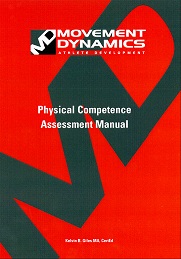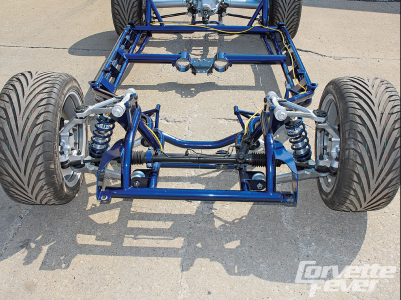Movement Screen (We Have Used)
I know that the FMS (Functional Movement Screen) is all the rage lately ~ without going into the nuances of it, I consider it a simple tool in your toolbox. The problems emerge when someone tries to use the tool designed to identify/fix one area of problems to other area of problems (“When the only tool your have is a hammer, everything start to look like a nail”). Use your tools wisely.
Similar approach to FMS is Kelvin Giles’ Physical Competence Assessment (PCA). I think the first time I heard about PCA was from whistleblower Carl Valle. Anyway, the book is great since it provides more extensive tests than FMS (although it covers those tests as well). We have take a lot of ideas from that book – and some pictures. Hopefully the Kelvin will not mind us nor me for posting our screen.

When I was in Hammarby IF (Stockholm, Sweden) we (myself and PT Mikael Klotz) created our own screening tool, mostly using FMS and PCA ideas (along with reading some research papers). One thing that most screening systems lack, in my opinion of course, is evaluation of joint hyper mobility (if I remember correctly it is very predictable of injury tendencies). I might be a bit biased toward importance of hyper mobility syndrome evaluation because I have it (but not to very high degree).
Most movement screens evaluate (1) mobility (physiological) and (2) stability and control (again physiological). Drawing from my own example, we might have athletes that have decent to great physiological mobility, great control and awareness of that mobility, but still their chassis might be less than ideal. Some of it might be fixed, but most of it might be congenital. Having a powerful engine on a shitty chassis is a recipe for a disaster.

We should remind ourself the basic mechanics: every joint has six potential degrees of freedom. Three are translational and three are rotational. The rotational ones are physiological. The translational ones are not-physiological and usually referred as glide, traction, etc. They both interact and translational degrees of freedom are needed to allow optimal physiological ROM. Yet, hyper/hypo-mobility can happen in one more than in other. Athlete can have limited physiological ROM, but be very hyper mobile in the translational joints of freedom, and vice versa. And those problems might not be always evident with physiological ROM and stability assessment.
One way we tried to tackle this problem is add the Beighton Score in our screen. We used the screen to identify groups that needed more stability or mobility work. Unfortunately, we haven’t followed up with the re-test (welcome to real world). I wish I knew about Principal Component Analysis back then and Clustering to make this grouping more easier.
I still believe in continuos/ongoing screening. As Vern Gambetta loves to say training=testing and testing=training. I do think movement screening has a role, especially in establishing certain baseline (great in return-to-play protocol) and when working with new clients/athletes. For those you see on a regular basis I do believe in ongoing screening. Especially, the human body as a dynamic system as it is, will show emerging properties as it changes/improves: as you fix one weak link, the another might pop-out. As we fix one performance limiter, other might pop-out.











Responses